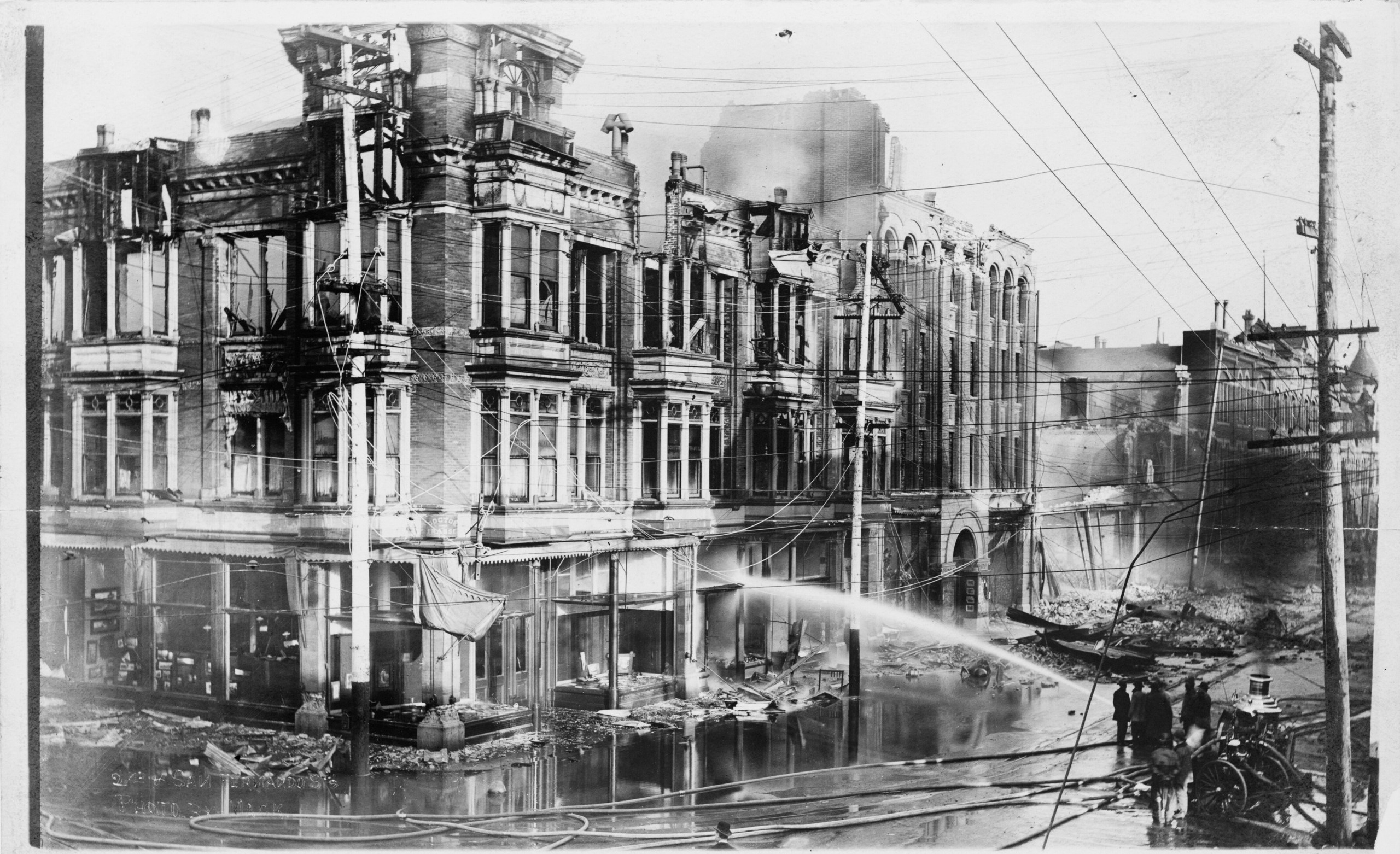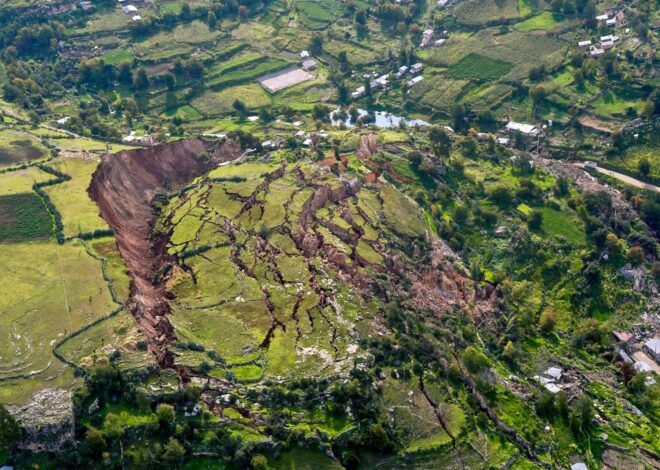
How To Survive In An Earthquake
Welcome to a guide that could potentially save your life – Survive In An Earthquake! Earthquakes are natural disasters that strike without warning, leaving devastation in their wake. Being prepared and knowing what to do can make all the difference between life and death.
In this blog post, we will explore everything you need to know about surviving an earthquake, from understanding the causes to coping with the aftermath. Let’s dive in and get ready for anything nature throws our way!
Understanding the Causes and Types of Earthquakes
Earthquakes, the earth’s way of letting off steam, are caused by the shifting and breaking of tectonic plates beneath the surface. These massive slabs constantly move and collide, creating tension that is eventually released in seismic waves.
The three main types of earthquakes include tectonic, volcanic, and collapse earthquakes. Tectonic quakes occur from plate movements; volcanic ones happen near active volcanoes due to magma movement; collapse quakes result from underground caverns or mines caving in.
Understanding these various causes and types can help us better prepare for when Mother Nature decides to shake things up. By being informed about what triggers these tremors, we can take steps to safeguard ourselves and our homes against their potential devastation.
Preparing Your Home for an Earthquake: Tips and Checklist
Preparing your home for an earthquake is crucial in ensuring the safety of you and your loved ones. Start by securing heavy furniture and appliances to prevent them from toppling over during the shaking. Anchor bookshelves, cabinets, water heaters, and TVs to the walls.
Make sure to have emergency supplies readily accessible. Store enough non-perishable food, water, medications, and first aid supplies for at least 72 hours. Don’t forget about important documents like identification papers or insurance policies – keep them in a waterproof container.
Check your home’s structural integrity. Have a professional inspect your building for any weak points or potential hazards that could worsen during an earthquake. Consider retrofitting measures if necessary.
Practice earthquake drills with your family so everyone knows what to do when disaster strikes. Identify safe spots in each room where you can take cover until the shaking stops.
By taking these proactive steps now, you’ll be better prepared to face the unpredictable nature of earthquakes whenever they may occur.
Preparing for an Earthquake: Emergency Kit and Plan
When it comes to preparing for an earthquake, having an emergency kit and plan in place is crucial. Your emergency kit should include essentials like water, non-perishable food, a first aid kit, flashlight, batteries, and important documents.
Make sure your emergency plan includes designated meeting spots, contact numbers for family members or neighbors, and instructions on how to turn off utilities. Practice drills with your household so everyone knows what to do in case of an earthquake.
Consider adding items specific to your family’s needs such as medications or pet supplies. Keep your emergency kit in a readily accessible location that all household members can easily find during a crisis.
Being prepared can make a significant difference in how you cope with the aftermath of an earthquake. Stay informed about potential risks and take proactive steps to ensure your safety and well-being when disaster strikes.
Surviving During an Earthquake: What to Do and Not to Do
When an earthquake strikes, it’s crucial to remember the do’s and don’ts to ensure your safety. If you’re indoors, drop down to your hands and knees to prevent being knocked over. Cover your head and neck with your arms and seek shelter under a sturdy piece of furniture like a table or desk. Avoid doorways as they are not as safe as commonly believed.
During an earthquake, stay away from windows, mirrors, and anything that could shatter or fall on you. If you’re outside when it hits, move away from buildings, trees, streetlights – anything that could potentially collapse or topple over. Protect yourself by dropping to the ground until the shaking stops.
Avoid using elevators during an earthquake; instead take the stairs cautiously after the shaking subsides. Remember to remain calm and stay put until it’s safe to move around again. By following these simple guidelines of what to do and what not to do during an earthquake can greatly increase your chances of survival in such a situation.
After the Earthquake: Safety Measures and Assessing Damages
After the earthquake shakes your world, safety measures become crucial. First things first, check for any immediate dangers like gas leaks or structural damages. Make sure to turn off utilities if needed and evacuate if it’s unsafe.
Once you’ve secured your safety, assess the damages around you. Look for cracks in walls, ceilings, or foundation. Check for fallen objects that could pose a risk. If there’s significant damage, consider seeking professional help to inspect your property thoroughly.
Remember to document all damages with photos or videos for insurance purposes later on. Keep records of any repairs made post-earthquake too. It’s essential to prioritize safety during this phase while also being proactive in assessing and addressing the aftermath of the quake.
Stay vigilant and cautious as aftershocks may follow; be prepared to react swiftly if they occur.
Tips for Coping with Post-Earthquake Stress and Trauma
Experiencing an earthquake can be a traumatic event that leaves lasting effects on your mental well-being. Coping with post-earthquake stress and trauma is essential for your recovery process. Here are some tips to help you navigate through the emotional aftermath.
Allow yourself time to process what happened. It’s okay to feel scared, anxious, or overwhelmed after such a frightening experience. Reach out to friends, family, or a mental health professional for support and guidance.
Engaging in relaxation techniques like deep breathing exercises, meditation, or yoga can help calm your mind and reduce anxiety levels. Physical activity such as going for a walk or practicing gentle stretching can also aid in releasing built-up tension.
Create a sense of safety by establishing routines and sticking to them. Knowing what to expect each day can provide comfort during uncertain times. Avoiding triggers like watching constant news coverage of the earthquake aftermath can also prevent retraumatization.
Remember that healing takes time, so be patient with yourself throughout the process. Seek professional help if needed and prioritize self-care activities that bring you joy and relaxation amidst the chaos.
Conclusion: Being Ready for the Next One
In times of uncertainty and potential disaster, being prepared is key to staying safe and secure. By understanding the causes and types of earthquakes, preparing your home with essential tools and supplies, knowing what to do during an earthquake, and taking necessary safety measures post-event, you can increase your chances of survival.
Remember to create an emergency kit and plan for your family, stay informed about earthquake risks in your area, practice drills regularly, and seek professional help if needed to cope with any stress or trauma following such a traumatic event.
Being ready for the next earthquake means not only physically preparing but also mentally equipping yourself with the knowledge and skills to handle such emergencies effectively. Stay vigilant, stay informed, stay prepared – because when it comes to surviving an earthquake, readiness is everything.



